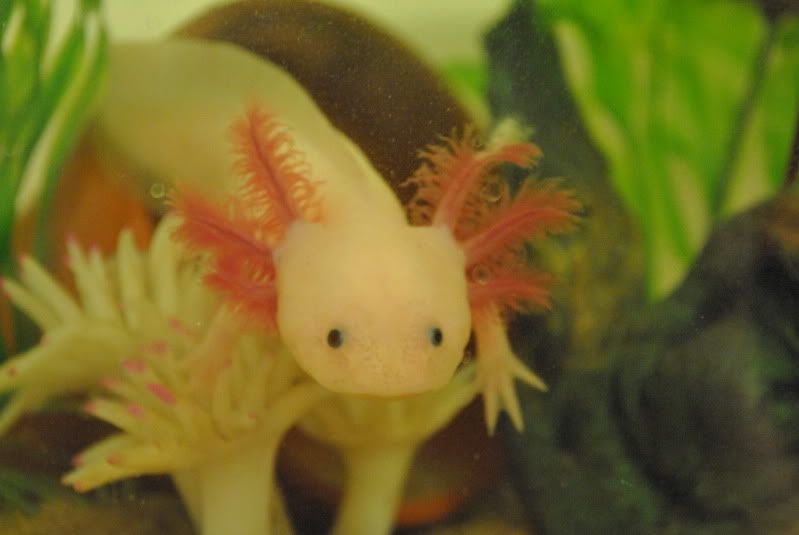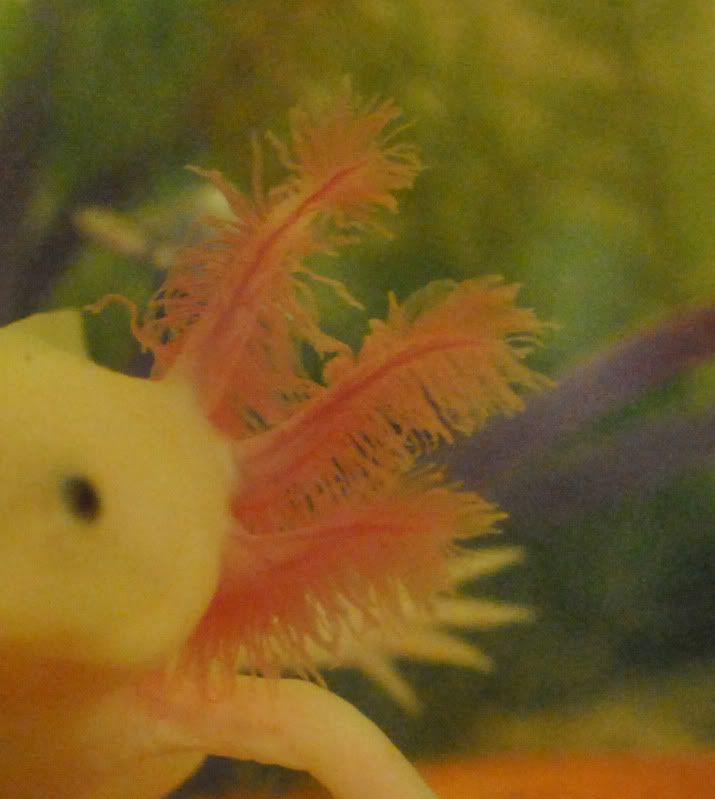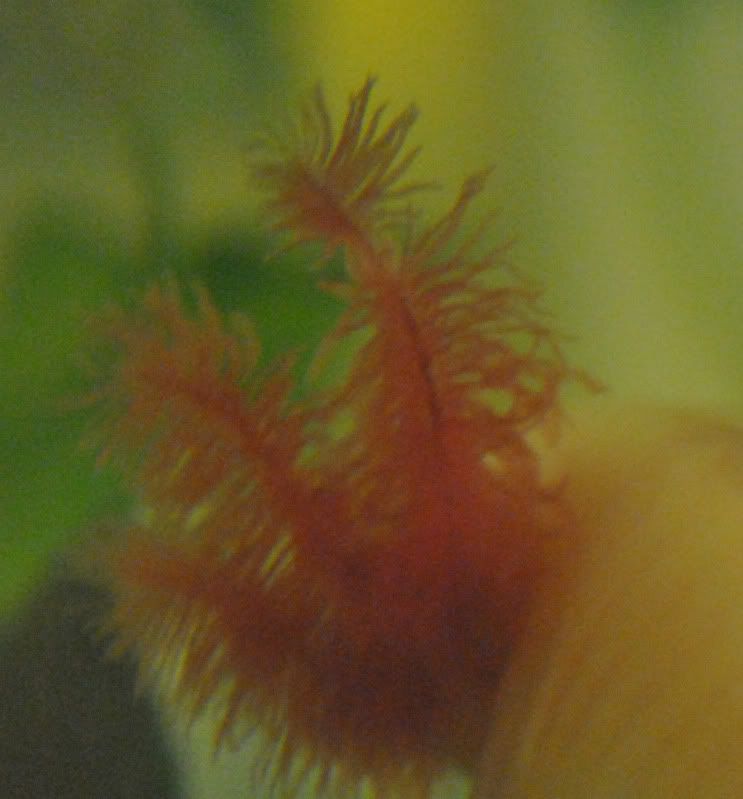lisordactyl
New member
Hey!
This morning my axies gills were fine. All big and fluffy. But then I was about to go bed, said 'night' to him (as you do) and noticed he had a white mark on his gills
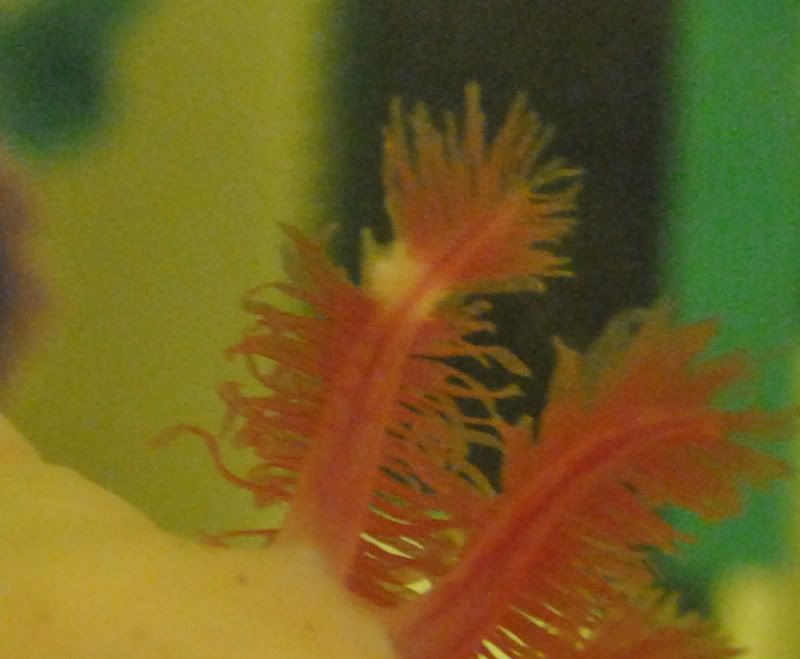
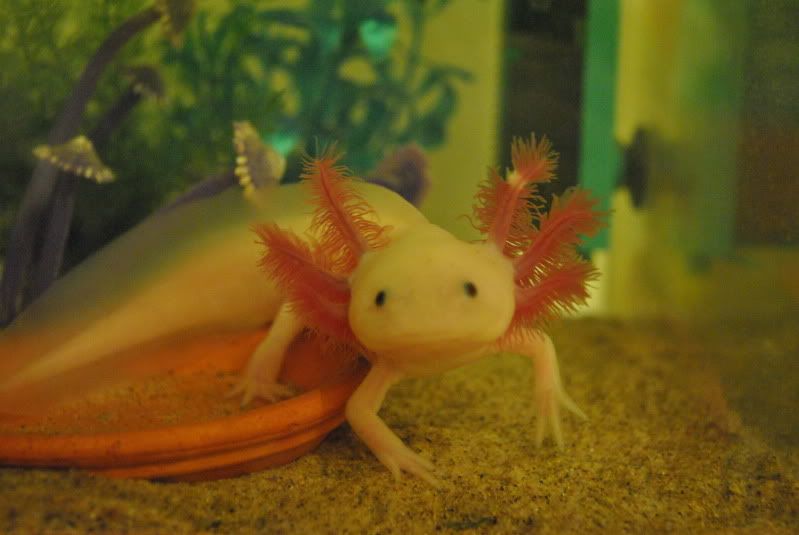
Sorry that the pictures are a bit blurry, but I thought they'd be more helpful than no pictures.
When I look close at it, it seems like a small cluster of white gills . I noticed something similar closer to the top of the same gill last week, but after he swam around for a little while the gills were back to normal
. I noticed something similar closer to the top of the same gill last week, but after he swam around for a little while the gills were back to normal
The parameters are good, he's eating, acting as normal and the rest of his body seem fine! He did have a fright yesterday though (had to move him and his tank as I had to set up a new in the place of his old one ; we haven't moved him into the tank yet) and the water is a little cooler than usual.
Has anyone got any idea what it is, and what action I need to take?
This morning my axies gills were fine. All big and fluffy. But then I was about to go bed, said 'night' to him (as you do) and noticed he had a white mark on his gills


Sorry that the pictures are a bit blurry, but I thought they'd be more helpful than no pictures.
When I look close at it, it seems like a small cluster of white gills
The parameters are good, he's eating, acting as normal and the rest of his body seem fine! He did have a fright yesterday though (had to move him and his tank as I had to set up a new in the place of his old one ; we haven't moved him into the tank yet) and the water is a little cooler than usual.
Has anyone got any idea what it is, and what action I need to take?
Last edited:

